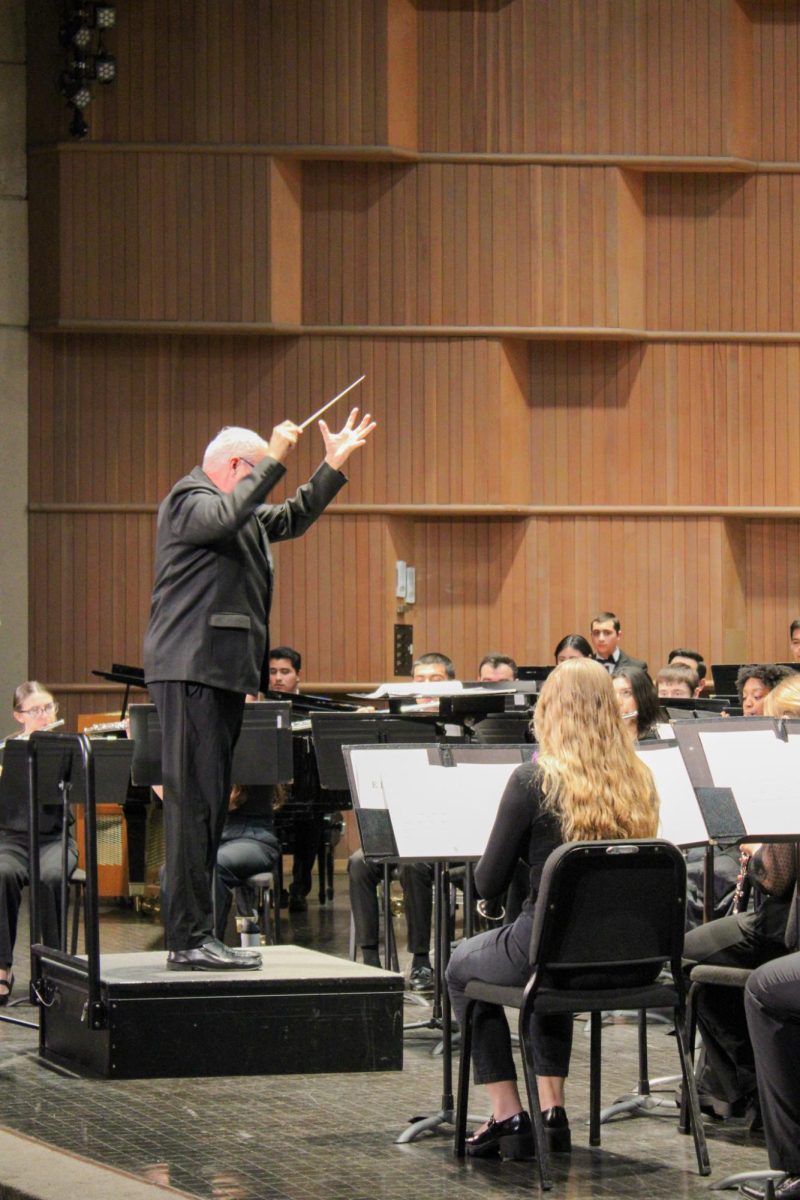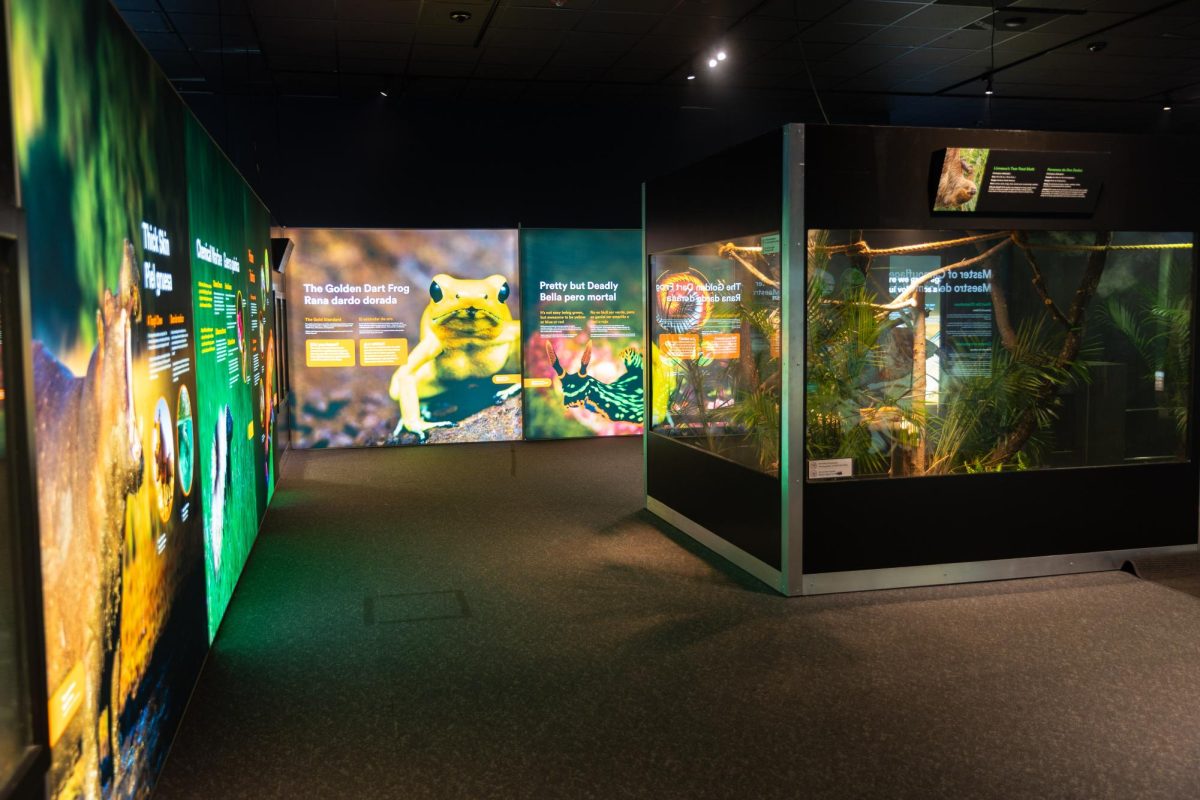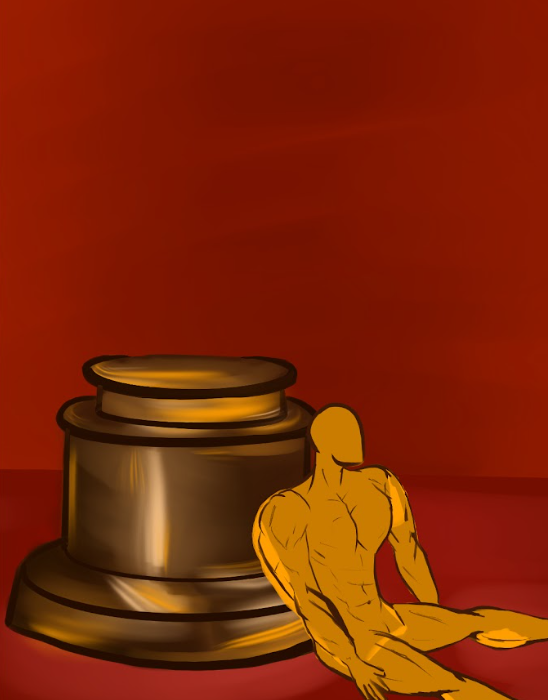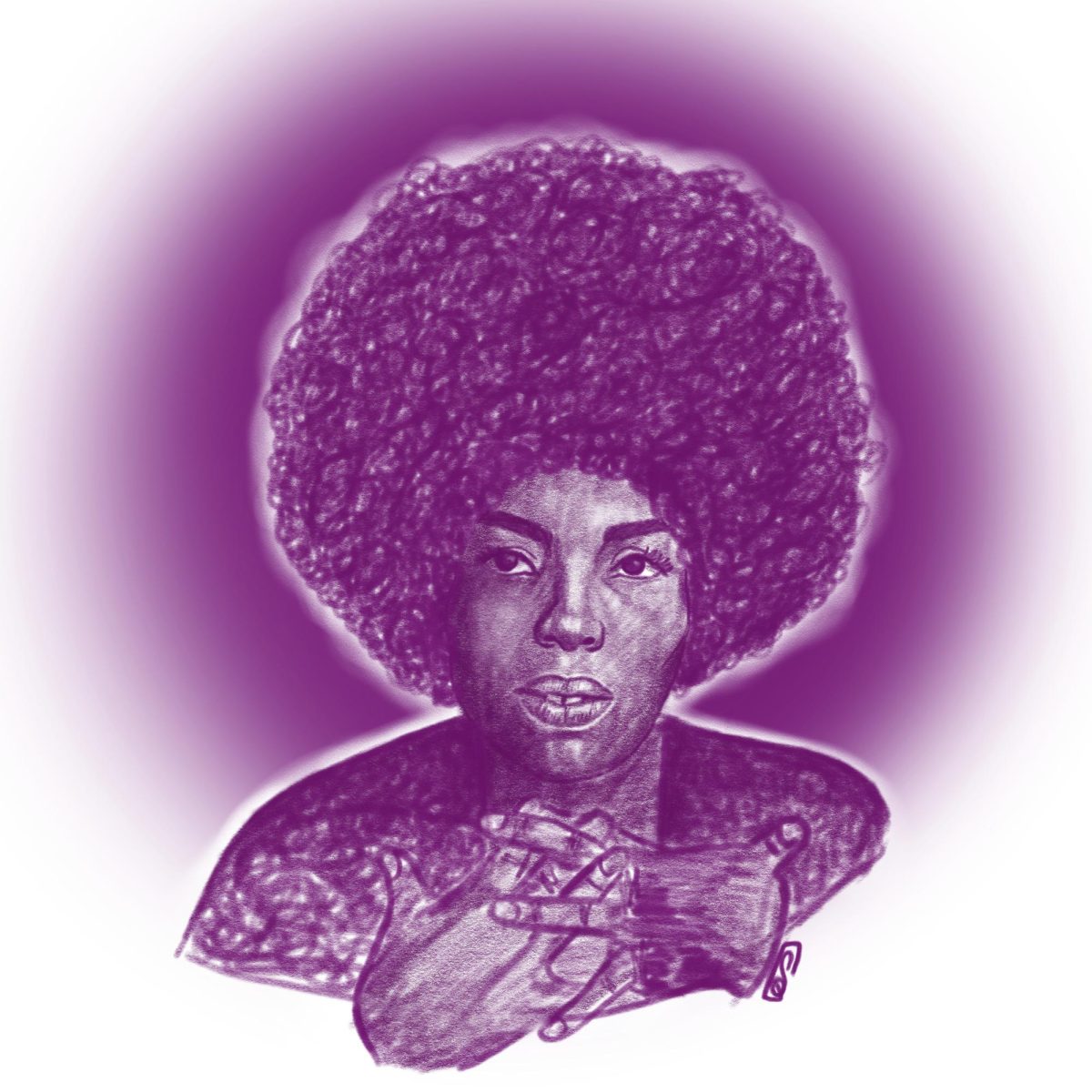In our social media immersed society, many of us are constantly sending images of our lives out into the world while watching the stories of our friends’ lives from afar. We see them out on the town, smiling, laughing, and seemingly having a great time, but to what extent are we seeing the reality of their lives or just what they want us to perceive?
Making Fact and Fiction, the current exhibition at UTSA’s Main Gallery, explores the various ways photographers capture and frame their subject matter.
The show is part of the FOTOSEPTIEMBRE USA Festival, which takes place every year in the San Antonio/Hill Country Metro Area. Founded in 1995, the festival “is a unique, inclusive and eclectic forum for the exhibition and celebration of photography and photography-based art forms.”
Curated by Associate Professor of Art Libby Rowe and Associate Professor of Art History and Gallery Director Scott Sherer, Making Fact and Fiction includes the works of five artists selected from the Texas Photographic Society.
The artists in the exhibition are “thinking about making images instead of taking images and the difference between the truth of photography and the fact of photography and fiction,” explains Rowe.
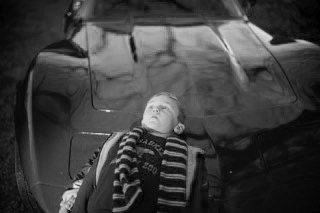
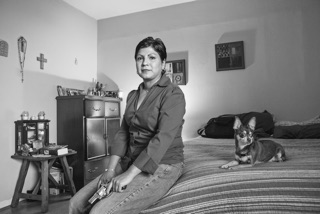
Each of the artists are presenting unique subject matters in their work, some more based in reality and some reaching more whimsical ideas. They all are working collaboratively with their subject matter to capture a photograph that depicts their theme or point-of-view and not necessarily what is actually happening in front of them.
Some of the works appear to be more documental in appearance, such as the work of Shelly Calton. In her series “Concealed,” Calton depicts Texas women who carry firearms. Many of the photos are accompanied with quotes from the women explaining their relationship with guns in their lives.
In the photograph “Danielle,” a young mother and her newborn child are sprawled out on her bed. The mother’s hand rests on her newborn’s fragile torso, and her purse lies behind her head with the handle of a revolver sticking out. The photograph depicts an intimate domestic scene between a mother and child, but the exposed handgun dramatically shifts the tone. This soft, vulnerable moment is hardened by the presence of the gun.
Calton stated, “Political views aside, my intention for this project is to give the viewer a glimpse into a subculture of Texas women that will not become victims.”
When looking at “Danielle,” the viewer feels like they are sneaking a peek into a moment of the woman’s life. However, the woman and the child were directed to lie in that position, and the gun was carefully placed to be subtly pocking out of the purse. The photograph creates a sense of security and protection, but the narrative could end in many different ways, perhaps one where the weapon is accidentally fired or another where it is not reached in time. The photograph depicts a woman that will not become a victim, but is this making fact or fiction?
A young blonde haired boy is the subject of photographer Polly Chandler’s eight works in the exhibition. The boy is scene floating in a pool, playing in puddles, running through fields, and enjoying the innocent bliss of being a kid. The photographs spark nostalgia, a craving to be back in a time where every little thing in the world brought excitement and curiosity. The viewer is left in the beautiful world of the child’s head free from any of the heartache or disappoint that childhood can bring.
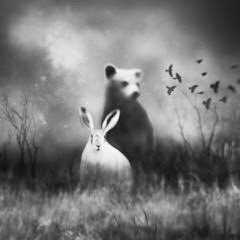
The work of Tami Bone in the exhibition drastically departs from our realm of reality and enters into a fantastical fairytale world. All of the subject matter in the photographs is familiar. The viewer sees kids, nature, and wildlife, but Bone uses various techniques to bring the images into a realm of fiction. The photographs are in black and white creating a stark contrast, and the images are slightly blurred eliminating any hard lines. Unlike most of the other works in the show, Tami is building her photographs post process through digital layering, creating compositions that we may not see in real life. The resulting photographs depict a dream-like state where elements of the real world have been stretched into the surreal.
“Once photography becomes part of an exhibition, it suggests to a lot of people that it is created for an audience to consider with content and context… alongside our everyday,” explained Sherer.
Because viewers understand photographs in an exhibition as artworks, they analyze and evaluate them as so. On the other hand, when we scroll through our social media feeds and see the lives of our friends, we interpret the snapshots as the reality of those people’s lives. But, like the photographers in this exhibition, people on social media are working with their subject matter, which is often themselves, to create the narrative that they want others to perceive.
Making Fact and Fiction will be on display until Sept. 30 in UTSA’s Main Gallery, open Monday-Friday from 10am to 4pm.




